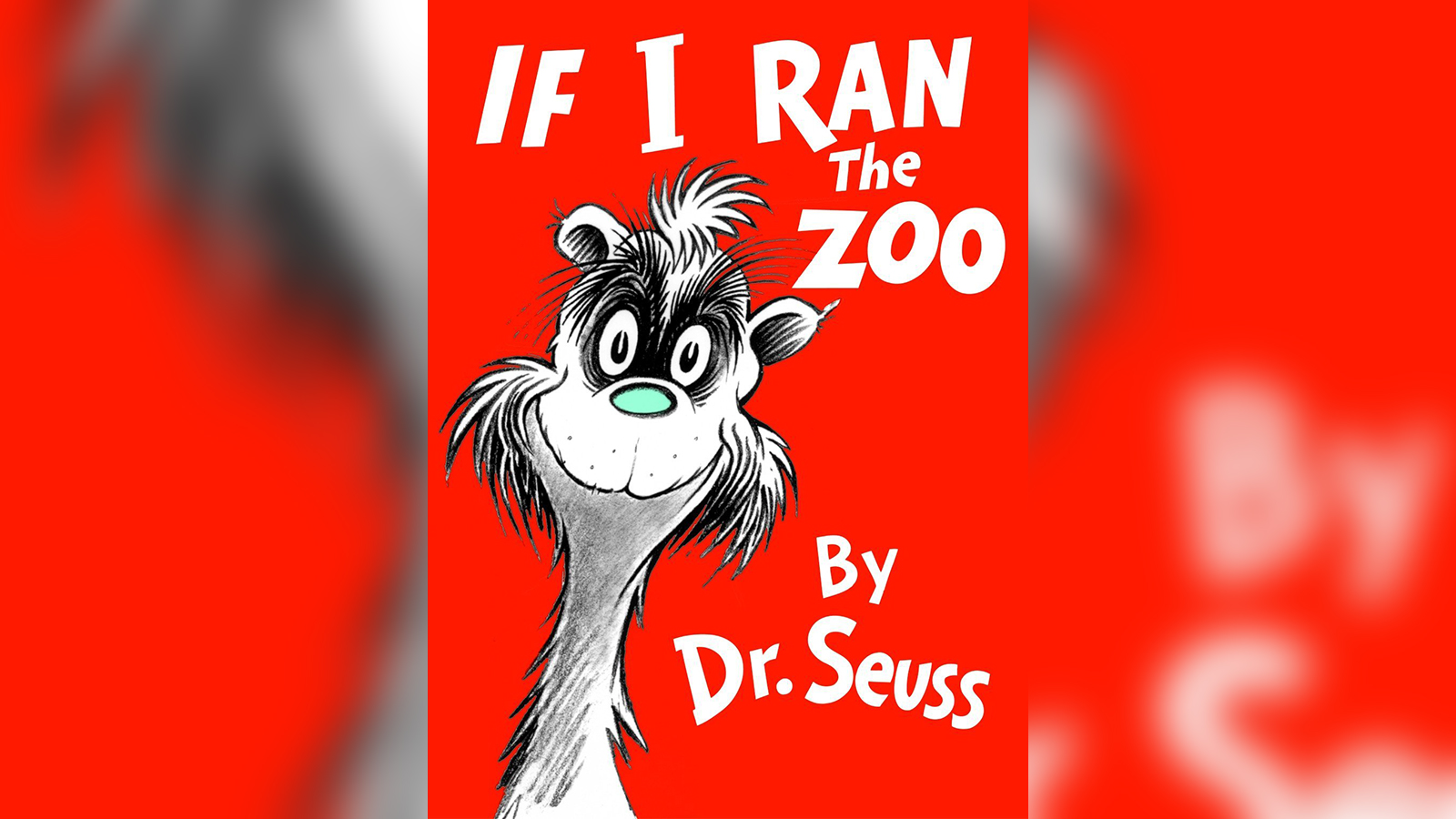

School districts across the United States have also moved away from Dr.

Seuss Enterprise was far from the first to notice these problems. The National Education Association, which founded Read Across America Day in 1998 and deliberately aligned it with Geisel's birthday, has for several years de-emphasized Seuss and encouraged a more diverse reading list for children. Other depictions and descriptions of African, Middle Eastern and Asian people pervade the books in question, he said. "It's slightly less racist, but it still doesn't solve the problem," Nel said. In a later release of the same book, that name was changed and the image updated, but remained fundamentally the same. In his first book, And to Think That I Saw It on Mulberry Street, one of the characters is described with a racist term and depicted as a caricature of Chinese culture. Offensive images and plot points persisted in some of Seuss's work even after they were changed by the author, according to Philip Nel, a scholar of children's literature and the author of Was The Cat in the Hat Black? among other books on Seuss.

2 on its highest-paid dead celebrities of 2020, behind only the late pop star Michael Jackson. He remains popular, earning an estimated $33 million US before taxes in 2020, up from just $9.5 million US five years ago, the company said. Seuss - who was born Theodor Seuss Geisel in Springfield, Mass., on Ma- have been translated into dozens of languages as well as in braille and are sold in more than 100 countries. The decision to cease publication and sales of the books was made last year after months of discussion with teachers, academics and a "panel of experts," the company told AP.īooks by Dr.

All six will be pulled from publication because of racist and insensitive imagery, Dr. Seuss Museum in Springfield put up a mural featuring the Chinese character that they later decided to take down after three authors said they would boycott a children’s book festival at the museum because the image showed a “jarring racial stereotype of a Chinese man, who is depicted with chopsticks, a pointed hat, and slanted slit eyes.These Dr. The study notes that while the book was revised in 1978 to refer to the man as a “Chinese man,” the image of the character retained its racist depictions. Seuss refers to by an offensive name for Asian people. It is cited by the study for its anti-Asian imagery and stereotypical depictions of a Chinese man whom Dr. But when he finally arrives, he decides not to tell his father what he imagined and says he only saw the horse and wagon. Recalling his father’s advice to “see what you can see,” the boy imagines more elaborate scenes and characters on his walk home. The book follows a boy named Marco as he walks home from school and sees a horse pulling a wagon on Mulberry Street. Seuss’ first book under the pen name was published in 1937. ‘And to Think That I Saw It on Mulberry Street’ĭr.


 0 kommentar(er)
0 kommentar(er)
